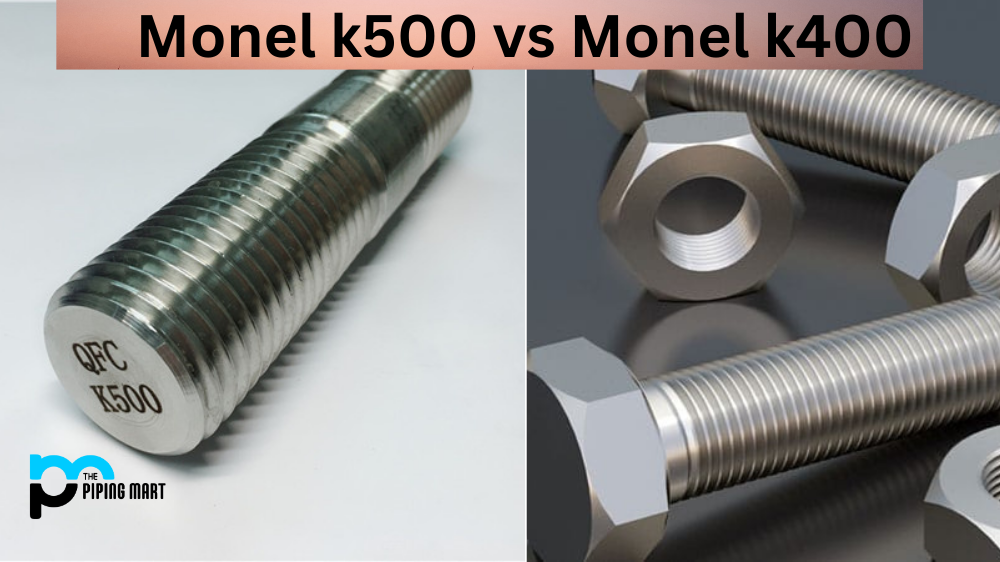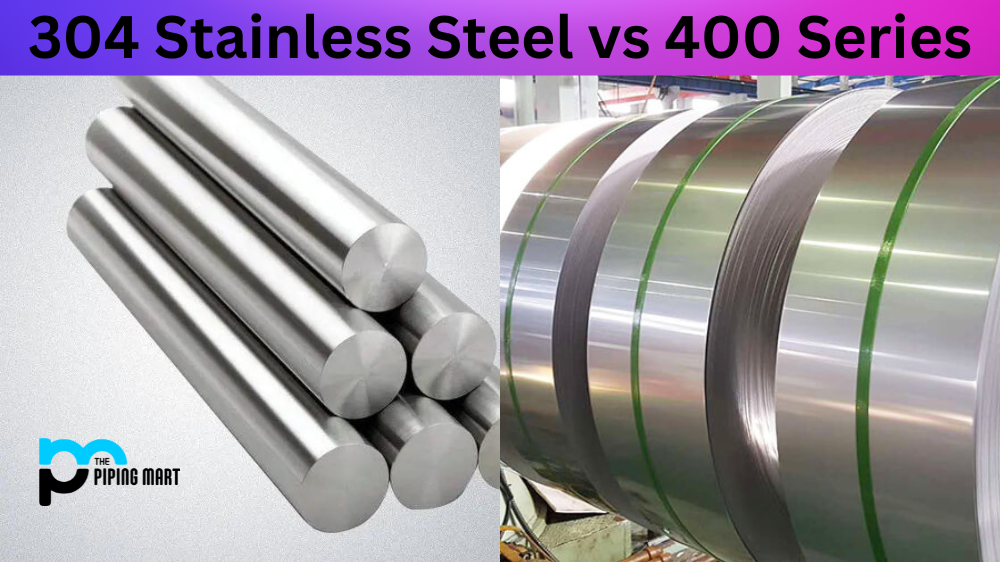Monel is a family of nickel-copper alloys that are highly resistant to corrosion. Within this family, two of the most popular alloys are Monel K500 and Monel K400. Although they have some similarities, there are also distinct differences between them. Let’s take a closer look at these two alloys so you can decide which one is right for your project.
Monel K500 Properties
Monel K500 is an alloy that combines nickel and copper with aluminum and titanium, giving it exceptional strength and resistance to corrosion in a marine environment. It has excellent electrical conductivity, making it ideal for use in electrical devices such as batteries and transformers. It also has good formability, meaning it can be easily formed into shapes without damaging the material. Because of its strength, it’s often used in applications where high strength is required, such as valves and pumps.
Monel K400 Properties
Monel K400 is an alloy made up of nickel and copper, with iron and manganese added for strength. It has excellent corrosion resistance in both freshwater and saltwater environments, making it suitable for a variety of industries, including oil production, chemical processing, aerospace engineering, etc. It also has good workability characteristics, which allow it to be machined into complex shapes easily without causing damage to the material. Additionally, its good electrical conductivity makes it an ideal choice for electrical components like batteries and motors.
Difference between monel k 400 and monel k 500
Chemical Composition
The first difference between Monel K500 and Monel K400 is their chemical composition. Monel K500 contains 63% nickel, 28-34% copper, 2.3-3.15% aluminum, and 0.6-1.0% titanium. Monel K400, on the other hand, contains 63% nickel and 27-33% copper. As you can see, the two alloys have a very similar composition with the only major difference being the amount of aluminum present in each alloy.
Corrosion Resistance
Monel K500 has better corrosion resistance than Monel K400 due to the addition of aluminum to its composition. Aluminum provides passive corrosion protection by forming a thin oxide layer on the surface of the metal that prevents further oxidation. This oxide layer also gives Monel K500 its distinctive color (grey/silver).
Strength
Monel K500 is also stronger than Monel K400 due to the presence of titanium in its composition. Titanium increases the strength of the metal by forming strong bonds with the other elements in the alloy.
Thermal Conductivity
Monel K500 has a lower thermal conductivity than Monel K400 due to the presence of titanium in its composition. Titanium acts as an insulator, which reduces the ability of heat to travel through the metal.
Price
Monel K500 is typically more expensive than Monel K400 due to its superior properties (strength, corrosion resistance, thermal conductivity).
Conclusion
Ultimately, both Monel K500 and Monel K400 are strong alloy materials that have excellent corrosion resistance properties, which make them suitable for many different applications in various industries such as oil production, chemical processing, aerospace engineering, etc. However, each one has its own unique properties, so you should carefully consider which one best fits your needs before making a decision on which to use for your project. Both alloys offer excellent performance but knowing the difference between them will help you make an informed choice when selecting the right material for your application needs.

Pipingmart is B2B portal specializes in industrial, metal and piping products. Also, share latest information and news related to products, materials and different types grades to help business dealing in this industry.




